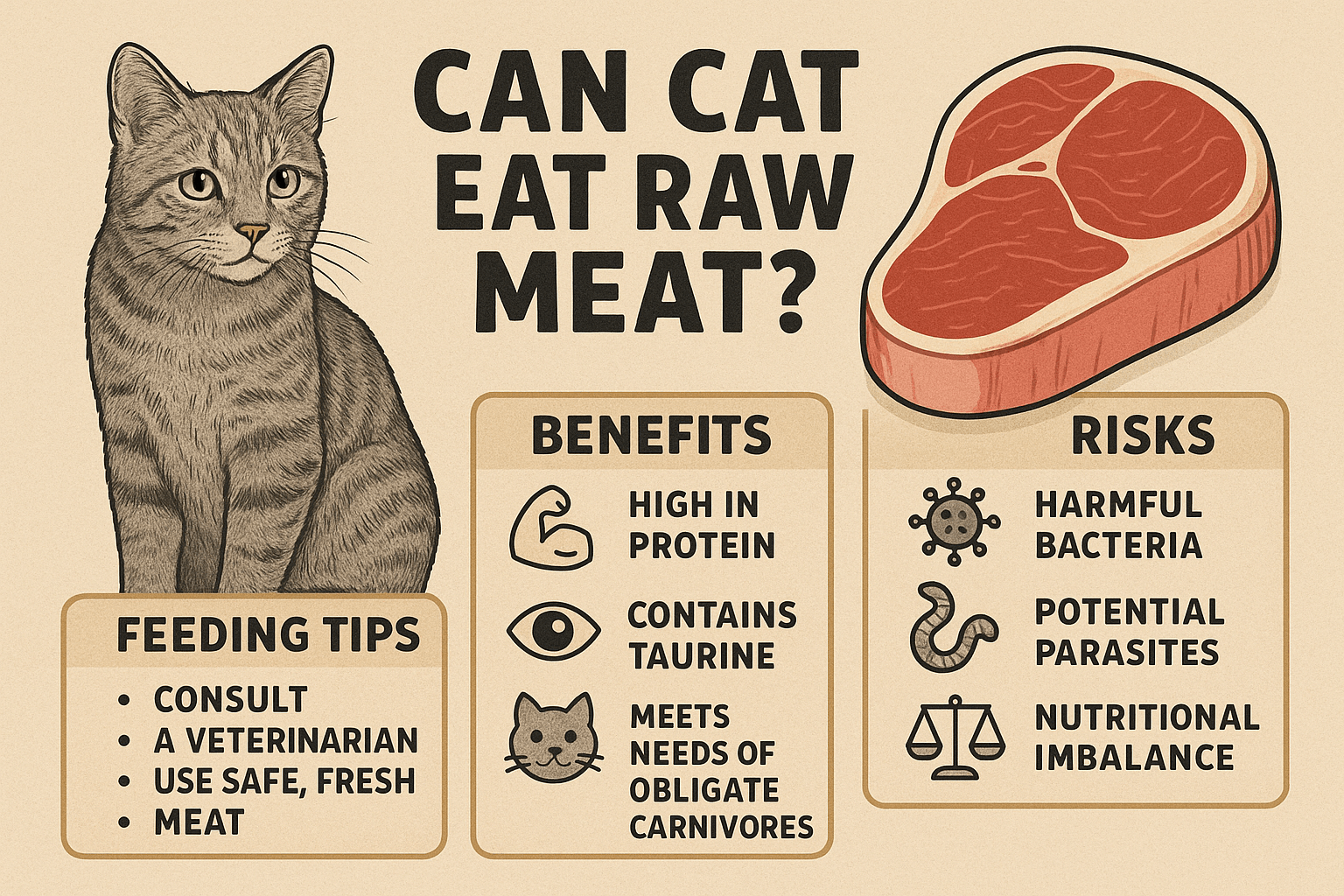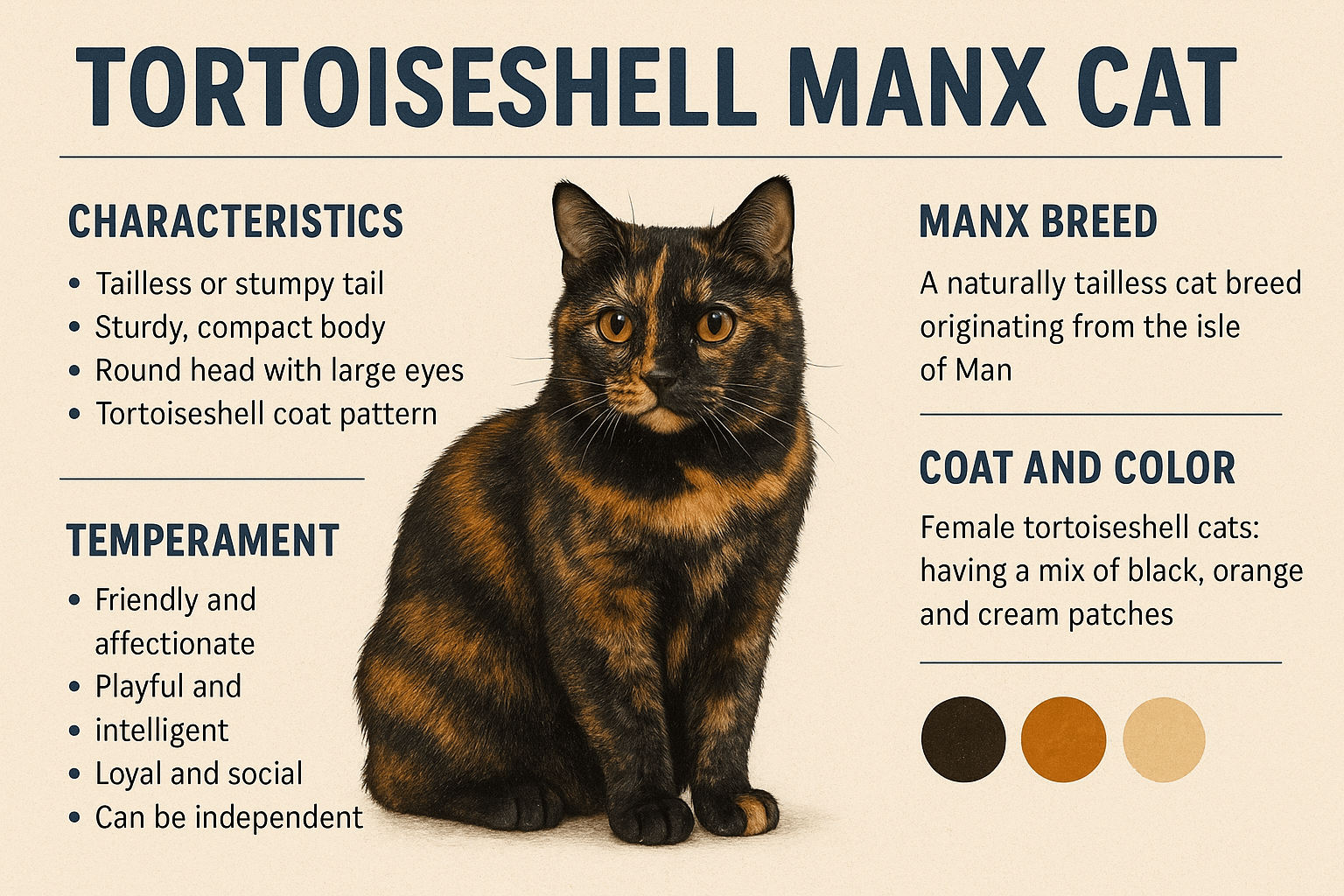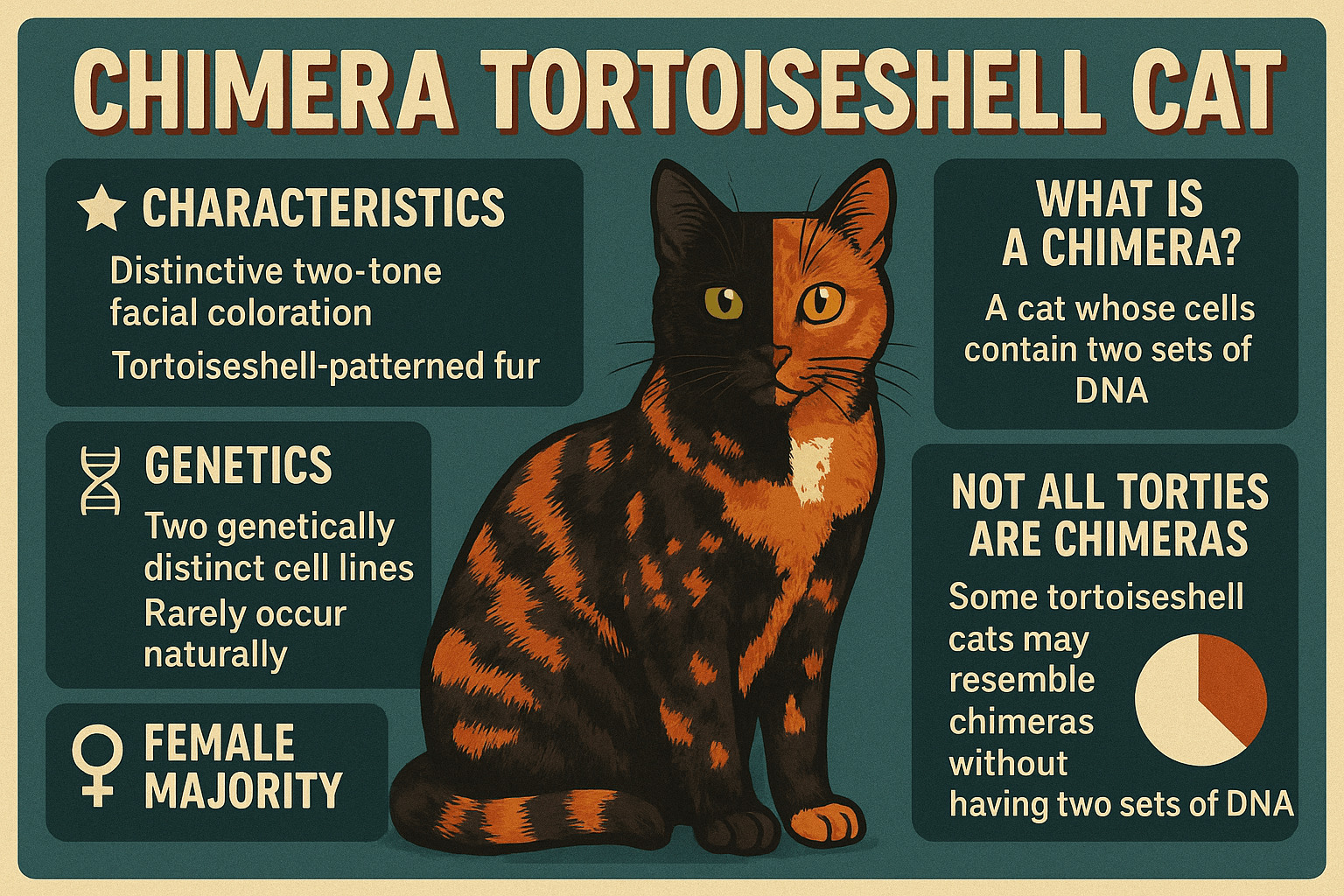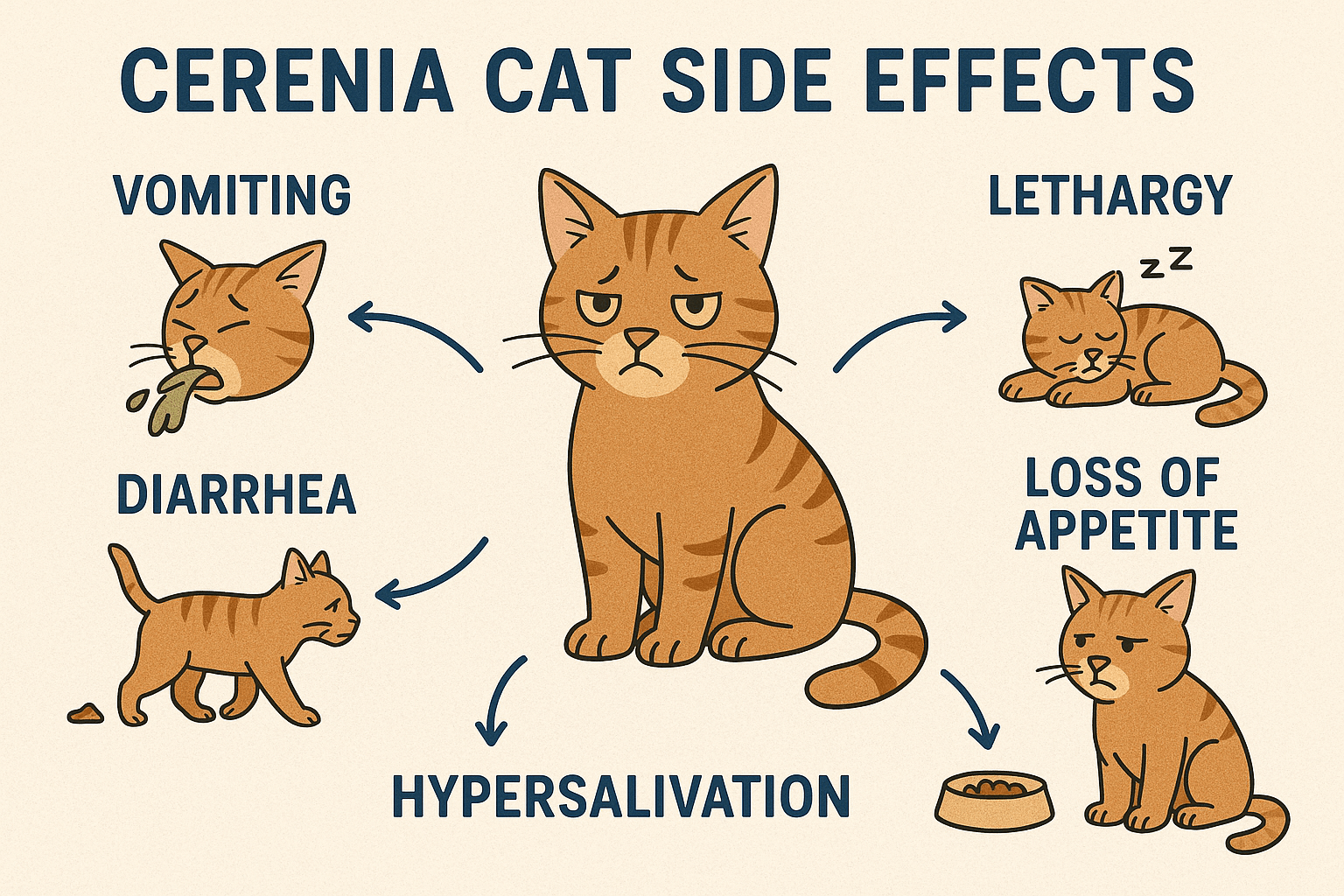Can Cats Eat Raw Meat?
Cats are obligate carnivores, meaning their diet primarily consists of animal-based proteins. This has led many cat owners to wonder whether feeding their feline friends raw meat is safe or beneficial. While raw meat can provide essential nutrients, it also comes with potential risks that need careful consideration. Understanding the pros and cons of including raw meat in your cat’s diet is crucial for ensuring their health and well-being. In this blog post, we’ll explore the topic in depth, covering nutritional benefits, safety concerns, and expert tips to help you make an informed decision about feeding raw meat to your cat.
Nutritional Benefits of Feeding Raw Meat to Cats
Feeding raw meat to cats can offer several nutritional advantages, aligning closely with their natural dietary needs. However, it’s important to weigh these benefits against potential drawbacks.
High-Quality Protein Source:
Raw meat provides cats with the high-quality protein they need to maintain muscle mass and support overall health.Essential Nutrients:
Raw meat contains vital nutrients like taurine, which is critical for heart and eye health but cannot be synthesized by cats themselves.Natural Diet Alignment:
Feeding raw meat mimics what cats would eat in the wild, satisfying their instinctual cravings for fresh prey.Improved Digestion:
Some cats may experience better digestion and firmer stools when fed a raw diet compared to processed kibble.Reduced Additives:
Unlike commercial cat food, raw meat doesn’t contain artificial preservatives, fillers, or additives that could harm your cat over time.
While raw meat offers clear nutritional benefits, it’s essential to ensure proper preparation and hygiene to avoid potential risks.
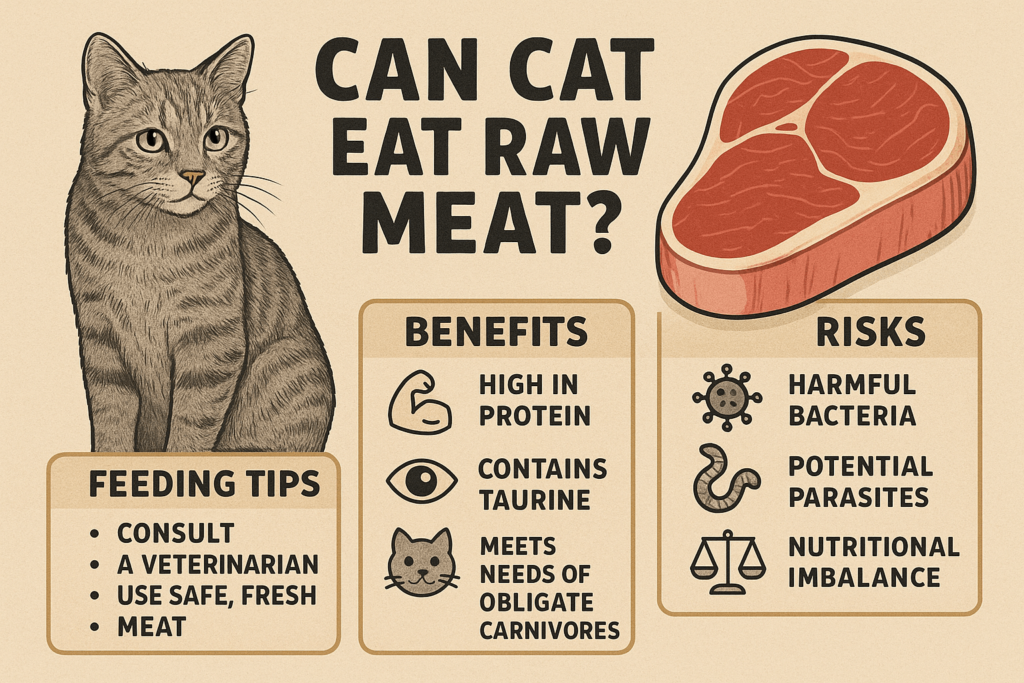
Potential Risks of Feeding Raw Meat to Cats
While raw meat can be nutritious, it also poses certain risks that cat owners should be aware of before introducing it into their pet’s diet.
Bacterial Contamination:
Raw meat may harbor harmful bacteria such as Salmonella or E. coli, which can pose health risks to both cats and humans.Parasites:
Uncooked meat can contain parasites like Toxoplasma gondii, which can infect cats and potentially spread to humans.Nutritional Imbalance:
Feeding raw meat alone without supplementation can lead to deficiencies in essential vitamins and minerals, such as calcium and vitamin A.Choking Hazards:
Bones present in raw meat can splinter and cause choking, dental damage, or internal injuries if not prepared correctly.Difficulty Transitioning:
Some cats may struggle to adjust to a raw diet, leading to digestive upset or refusal to eat initially.
Understanding these risks ensures you take the necessary precautions to keep your cat safe while exploring raw feeding options.
Check this guide 👉How Much Chicken Can a Cat Eat? Best 7 Expert Tips!
Check this guide 👉Cat Raw Food Diet: Best 7 Health Tips!
Check this guide 👉Raw Cat Food Recipe: Best 7 Expert Tips!
Benefits of Feeding Raw Meat | Risks of Feeding Raw Meat |
|---|---|
High-quality protein source | Risk of bacterial contamination |
Natural diet alignment | Potential parasite exposure |
Improved digestion | Risk of nutritional imbalances |
Contains essential nutrients | Choking hazards from bones |
Free from artificial additives | Difficulty transitioning to raw |
How to Safely Introduce Raw Meat to Your Cat’s Diet
If you decide to feed your cat raw meat, doing so safely is paramount. Follow these steps to minimize risks and ensure a smooth transition.
Consult Your Veterinarian First:
Always discuss dietary changes with your vet to ensure they align with your cat’s specific health needs.Choose High-Quality Ingredients:
Opt for fresh, human-grade meats sourced from reputable suppliers to reduce the risk of contamination.Start Gradually:
Introduce small amounts of raw meat alongside your cat’s regular food, gradually increasing the portion size over time.Avoid Seasonings and Additives:
Never add salt, spices, garlic, or onions to raw meat, as these can be toxic to cats.Monitor for Adverse Reactions:
Watch for signs of digestive upset, allergies, or other issues after introducing raw meat and consult your vet if problems arise.
Taking these precautions helps ensure your cat enjoys the benefits of raw meat without compromising their health.
Alternatives to Feeding Raw Meat
If feeding raw meat seems too risky or impractical, there are alternative ways to provide your cat with the nutrients they need.
Commercial Raw Cat Food:
Many brands offer pre-packaged raw cat food that’s balanced and safe, eliminating the need for home preparation.High-Quality Wet Food:
Premium wet cat food often contains high levels of animal protein and moisture, making it a convenient alternative to raw diets.Cooked Meat Options:
Lightly cooked, unseasoned meat can provide similar nutritional benefits without the risks associated with raw feeding.Supplements for Balance:
Adding supplements like taurine, omega-3 fatty acids, and vitamins ensures your cat gets all the nutrients they need.Rotational Feeding:
Rotate between different protein sources (e.g., chicken, beef, fish) to provide variety and prevent nutrient deficiencies.
These alternatives offer flexibility for cat owners seeking balanced, safe, and convenient feeding options.
Signs Your Cat May Benefit from a Raw Diet
Some cats thrive on raw diets, showing noticeable improvements in their health and behavior. Look out for these signs that your cat might benefit from incorporating raw meat into their meals.
Dull Coat and Skin Issues:
A lackluster coat or frequent skin irritations may indicate poor nutrition, which raw meat could improve.Digestive Problems:
Cats with chronic diarrhea or constipation might find relief from the natural enzymes in raw meat.Low Energy Levels:
Increased energy and playfulness can signal that a raw diet is meeting your cat’s nutritional needs more effectively.Weight Management Struggles:
Raw meat’s high protein content can help underweight or overweight cats achieve a healthier body condition.Picky Eating Habits:
Cats who turn up their noses at kibble may prefer the taste and texture of raw meat.
Observing these signs can guide you in determining whether a raw diet is worth exploring for your cat.
Common Myths About Feeding Raw Meat
Misinformation about feeding raw meat to cats is widespread. Let’s debunk some common myths to set the record straight.
Myth: All Cats Naturally Thrive on Raw Diets:
While many cats adapt well, others may struggle due to individual health conditions or preferences.Myth: Raw Meat Eliminates the Need for Veterinary Care:
Even cats on raw diets require regular check-ups and professional advice to stay healthy.Myth: Bacteria Won’t Harm Cats:
Cats are not immune to harmful bacteria; both pets and humans can be affected by contaminated meat.Myth: Raw Meat Alone Provides Complete Nutrition:
Raw meat lacks certain nutrients like calcium and vitamin D, requiring supplementation for a balanced diet.Myth: It’s Too Expensive to Feed Raw Meat:
With proper planning, raw feeding can be cost-effective, especially when buying in bulk or using affordable cuts.
Separating fact from fiction helps you make smarter decisions about your cat’s diet.
Tips for Preparing Raw Meat at Home
If you choose to prepare raw meat for your cat, following best practices ensures safety and nutritional adequacy.
Use Separate Utensils and Surfaces:
Dedicate specific cutting boards and knives to raw meat preparation to avoid cross-contamination.Freeze Meat Before Use:
Freezing raw meat for at least 72 hours kills many parasites and reduces bacterial loads.Grind Bones Safely:
If including bones, grind them finely to prevent choking hazards and ensure digestibility.Balance Proteins and Organ Meats:
Include a mix of muscle meat, organ meats (like liver), and small amounts of fat for a well-rounded diet.Store Properly:
Keep raw meat refrigerated or frozen until use, and discard any leftovers that have been left out for more than two hours.
By adhering to these guidelines, you can create safe, nutritious meals that cater to your cat’s natural instincts.
Frequently Asked Questions About Feeding Raw Meat to Cats
Is it safe to feed my cat raw chicken?
Yes, but only if it’s fresh, properly handled, and free from bones or seasoning. Always supervise your cat during meals.
What should I do if my cat refuses raw meat?
Try mixing small amounts of raw meat with their regular food or cooking it lightly to make it more appealing.
Can kittens eat raw meat?
Kittens have sensitive digestive systems, so consult your vet before introducing raw meat to their diet.
How can I prevent bacterial contamination?
Wash hands, utensils, and surfaces thoroughly after handling raw meat, and store it at the correct temperature to minimize risks.
Do I need to supplement a raw meat diet?
Yes, most raw diets require additional nutrients like calcium, vitamin E, and taurine to ensure complete nutrition.
Making Informed Choices for Your Cat’s Diet
Feeding raw meat to your cat can be a rewarding way to provide them with a natural, nutrient-rich diet, but it requires careful planning and attention to detail. By understanding the benefits, risks, and alternatives, you can make an informed decision that prioritizes your cat’s health and happiness. Whether you choose to feed raw meat, opt for commercial options, or explore other solutions, the key is ensuring your cat receives balanced nutrition tailored to their unique needs. With the right approach, you can support your feline friend’s well-being while respecting their instincts as obligate carnivores.
Why Are Cats So Warm? If you’ve ever cuddled up with a cat, you’ve likely noticed how warm they feel against …
Tortoiseshell Manx Cat: Best 7 Expert Tips! Discover expert advice on caring for this unique breed, from health and grooming to personality insights. Perfect for cat lovers!
Chimera Tortoiseshell Cat: Best 7 Expert Tips! Discover the unique traits, care needs, and fascinating facts about chimera tortoiseshell cats to better understand these rare feline wonders.
Cerenia Cat Side Effects: Best 7 Expert Tips! Discover expert advice on managing Cerenia side effects, ensuring your cat’s safety, and promoting a smooth recovery with practical tips.

